Alessandro Cappellato Ferrari
How to Build for Decentralized Systems
#1about 2 minutes
Understanding the paradigm shift to decentralized systems
Blockchains operate as a shared computer where resources are limited and network latency requires asynchronous programming, unlike scalable cloud computing.
#2about 3 minutes
Using blockchain for data traceability and transparency
Blockchains provide an immutable ledger for industries like pharma and supply chain to ensure data integrity and transparency for regulatory compliance.
#3about 3 minutes
Enabling digital ownership with NFTs and fractionalization
NFTs can represent unique assets like event tickets to control secondary markets, while fractionalization makes high-value assets like real estate more accessible.
#4about 3 minutes
Improving operational efficiency for payments and trades
Blockchains can reduce costs for fintech micropayments, enable instant cross-border settlements, and eliminate counterparty risk through atomic swaps.
#5about 2 minutes
Simplifying development with Python and TypeScript
Algorand's developer tools meet developers where they are by enabling smart contract creation using familiar languages like Python and TypeScript.
#6about 5 minutes
Live demo of scaffolding a smart contract with Algokit
A step-by-step demonstration shows how to use the Algokit CLI to initialize, configure, build, and deploy a Python-based smart contract to a local network.
#7about 2 minutes
Visually debugging complex blockchain transactions
The Lora explorer tool helps developers understand complex, multi-party atomic transactions by visualizing the flow of calls and assets instead of parsing raw logs.
Related jobs
Jobs that call for the skills explored in this talk.
Matching moments
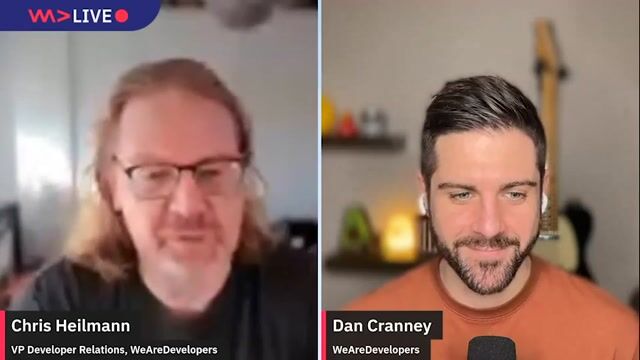
04:10 MIN
Introducing Algorand and its developer-friendly smart contracts
WeAreDevelopers LIVE – Building on Algorand: Real Projects and Developer Tools

1:00:35 MIN
A call for developers to build and innovate on Algorand
WeAreDevelopers LIVE – Building on Algorand: Real Projects and Developer Tools

42:54 MIN
How to start building applications on the Algorand blockchain
WeAreDevelopers LIVE – Building on Algorand: Real Projects and Developer Tools
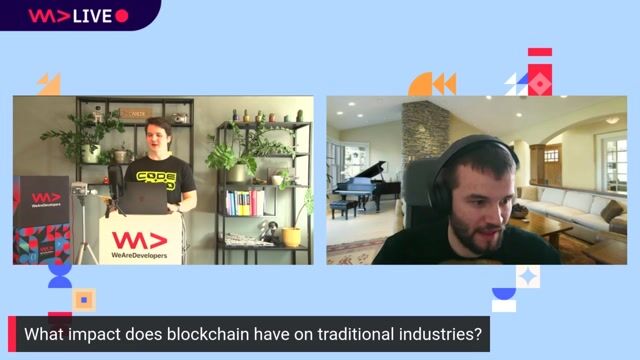
33:49 MIN
Q&A on blockchain's impact and fundamental concepts
Why chain abstraction is the best way to build successful web3 solutions for users
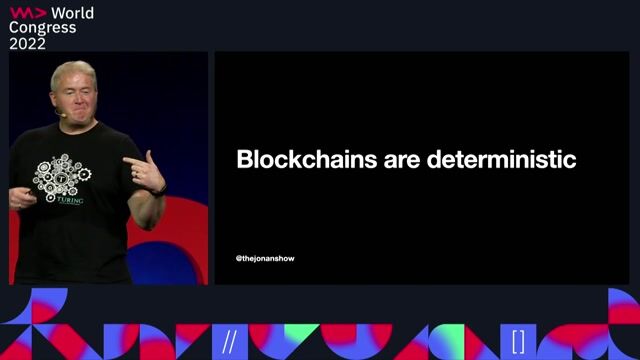
27:21 MIN
Why blockchains can increase trust through code
Blockchains are Dumb
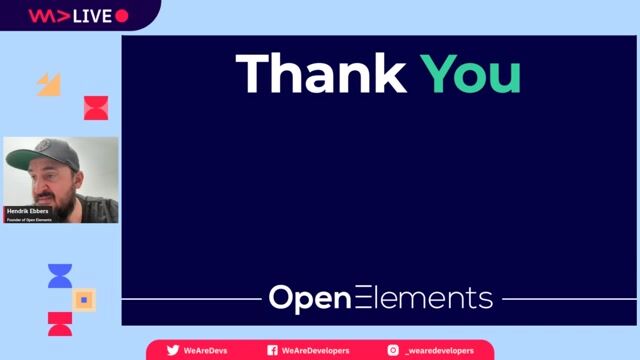
52:28 MIN
Q&A on digital ownership, NFTs, and scalability
Blockchain, NFT and smart contracts for my application
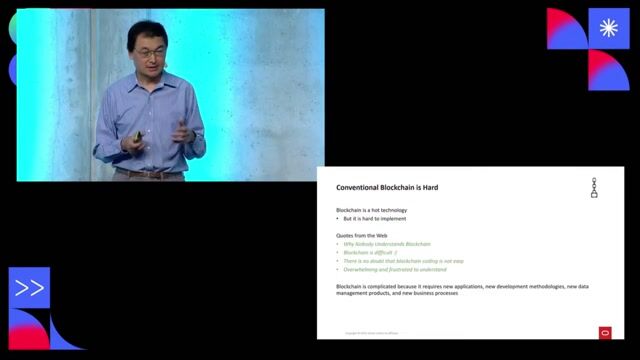
04:41 MIN
The implementation challenges of conventional blockchain technology
Crypto-secure Data Management with In-Database Blockchain

53:24 MIN
Exploring Algorand's advanced tooling and payment standards
WeAreDevelopers LIVE – Building on Algorand: Real Projects and Developer Tools
Featured Partners
Related Videos
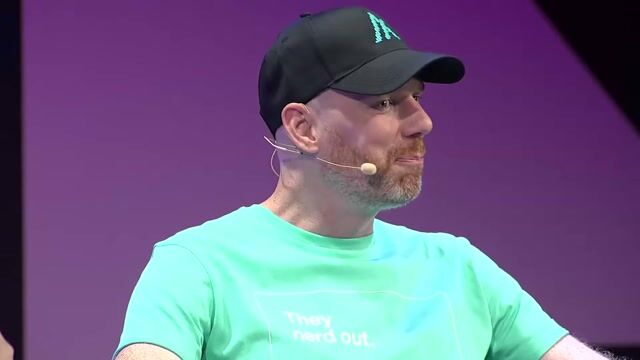 26:13
26:13Why You Should Care About the Decentralized Computing Movement
John Woods
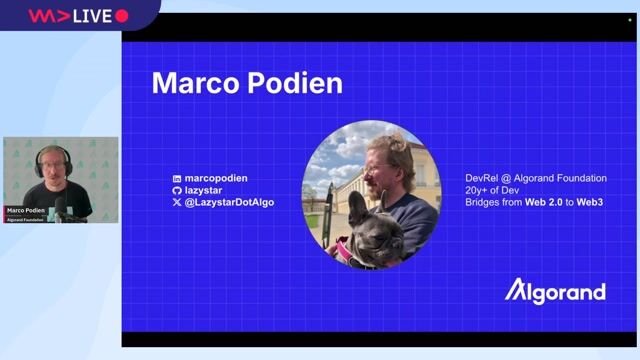 49:10
49:10WeAreDevelopers LIVE - Build Real Things: Real-World Problems That Blockchain Actually Solves
Chris Heilmann, Daniel Cranney & Marco Podien
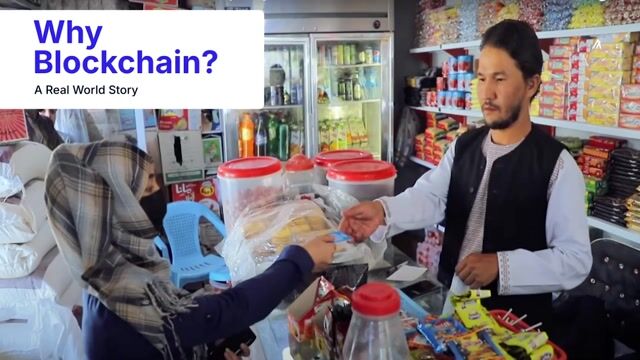 49:10
49:10Build Real Things: Real-World Problems That Blockchain Actually Solves - Marco Podien
Chris Heilmann, Daniel Cranney & Marco Podien
 1:04:57
1:04:57WeAreDevelopers LIVE – Building on Algorand: Real Projects and Developer Tools
Chris Heilmann, Daniel Cranney & Astha Yadav
 31:07
31:07Blockchain Beyond Crypto: Technology Unlocking Opportunities across Various Industries
John Woods, Arthur Breitman & Vicktoria Klich
 50:36
50:36Solving Real-world Problems with Blockchain at Algorand - Brian Whippo
Brian Whippo
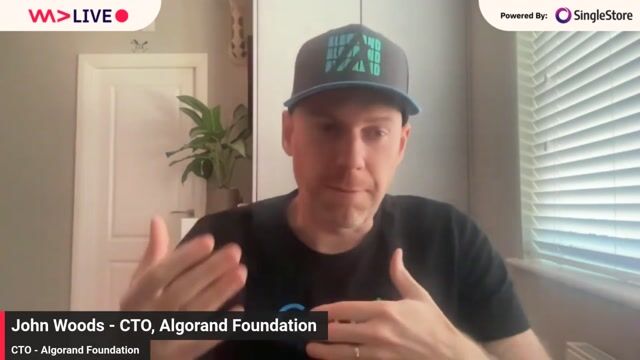 51:01
51:01Future-Proofing FinTech With Blockchain Technology
John Woods
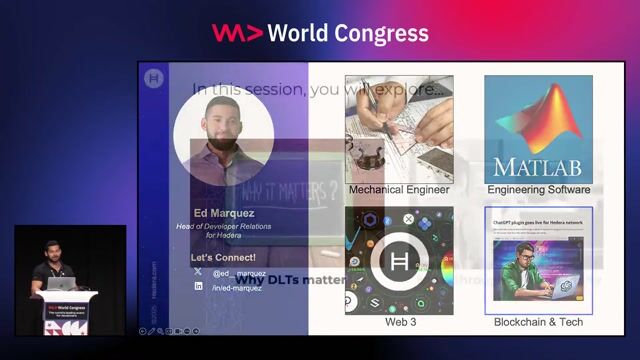 28:50
28:50Demystifying Crypto & Web3: A Technical Journey Through 15 Years of Innovation
Ed Marquez
From learning to earning
Jobs that call for the skills explored in this talk.
![Senior Software Engineer [TypeScript] (Prisma Postgres)](https://wearedevelopers.imgix.net/company/283ba9dbbab3649de02b9b49e6284fd9/cover/oKWz2s90Z218LE8pFthP.png?w=400&ar=3.55&fit=crop&crop=entropy&auto=compress,format)
Senior Software Engineer [TypeScript] (Prisma Postgres)
Prisma
Remote
Senior
Node.js
TypeScript
PostgreSQL

Domain Architect Ricardo Platform (f/m/d) | 80-100% | Hybrid working model | Valbonne France
SMG Swiss Marketplace Group
Canton de Valbonne, France
Senior

Domain Architect Ricardo Platform (f/m/d) | 80-100% | Hybrid working model | Zürich Switzerland
SMG Swiss Marketplace Group
Sachseln, Switzerland
Senior

Principal Backend Engineer (Node.js)
Almedia
Berlin, Germany
€80-110K
Senior
NestJS
Node.js
Express
TypeScript
+1

Tech Lead (m/f/d) - Berlin
Patronus Group
Berlin, Germany
Senior
Kotlin
Android
Angular
Spring Boot
Amazon Web Services (AWS)


Senior DevOps Engineer (f/m/x)
Douglas GmbH
Düsseldorf, Germany
Senior
Kubernetes
Cloud (AWS/Google/Azure)

